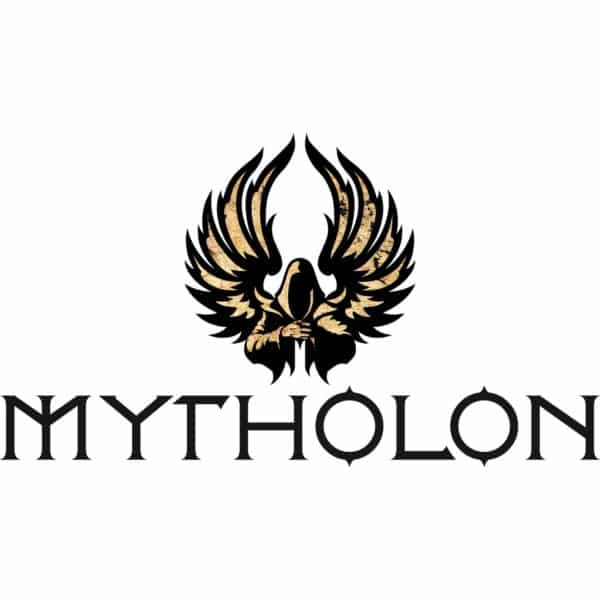By Charles J. Lockett, Senior Content Contributor and Medieval Expert

Maximilian I, Holy Roman Emperor, ruled an empire on the turbulent breakwater dividing the Medieval and the Early Modern. In many ways, the medieval past still held sway: the ideals of chivalry were at fever pitch amongst the elite, harking back to an imagined High Medieval past. Knights met in battle in full garnitures of plate armor, on the battlefield and upon the tourney grounds. Yet the world was fundamentally changing. The supremacy and unity of the Catholic Church was riven with cracks, and dissident movements were gathering steam – Martin Luther would nail his 95 Theses to the door of Wittenberg Cathedral and kick off the Reformation as Maximilian’s health declined. Warfare was no longer a symbolic, highly-ritualised contest between elites, but was increasingly an art practised by mercenaries and career soldiers, fought to win at all costs. Gunpowder and pike were now the tools of the day, not chainmail and the sword. Toward the end of his life, Maximilian became a great patron of armor craft, and the final years of his reign saw the creation of some of the finest armor in medieval history. Combining the most modern industrial techniques with the ideological nostalgia for a vanishing medieval past was Maximilian’s legacy: he was truly the ‘Last Knight’.
Maximilian’s World
We can’t understand the exquisite armor made for Maximilian’s court without examining the world he ruled within. Although whole books have been written about Maximilian’s liminal rule (eg. Benecke’s authoritative 1982 analytical biography), we can summarise his rule, and the Europe which he strove to dominate.
Inheritor of Empire
Maximilian was born to Holy Roman Emperor Frederick III, and the Empress Eleanor of Portugal. The Holy Roman Empire was a sprawling network consisting of hundreds of kingdoms, duchies, electorates and landgraviates that stretched from Burgundy in modern France, well into modern Poland in the east, including Switzerland, some of Northern Italy and the Low Countries – Frederick was the leader of the Austrian Habsburg dynasty, whose personal holdings encompassed a large tranch of Central Europe. Although Emperor Frederick has been widely criticised by history as an ineffectual Emperor who failed to reform an Imperial throne which had permitted much of its power to diffuse amongst the smaller city-states and electors, we can be sure that Frederick’s motto left a deep impression on the young Maximilian: Alles Erdreich ist Österreich untertan (‘All the world is subject to Austria’).
The Long Hand of Burgundy
The Burgundian Wars laid the foundation for Maximilian’s rule. When he was merely the Archduke (Crown Prince), Maximilian personally led the Holy Roman Empire’s forces against the Duke of Burgundy Charles the Bold in 1474, ultimately frustrating Charles’ ambition of carving out an independent kingdom between France and the Holy Roman Empire. Without doubt, Maximilian was very personally brave, and would lead troops into battle on dozens of occasions – his later obsession with armor was not a mere cosplay! Maximilian was enormously impressed by the Swiss Reichslaufer, highly organised and well-equipped pike militia that inflicted defeat after defeat on the Burgundians – and their tactics and organisation would later form the basis for his legendary Landsknecht mercenary bands. As well, he looked enviously at the unified absolutist Burgundian state, comparing it unfavourably with his father’s own tangled mess of diffuse Imperial responsibilities. After the defeat of Charles the Bold, he added much of Burgundy to the Habsberg portfolio by marriage to Mary of Burgundy, Charles’s daughter – though he was tragically widowed by Mary’s death in a hunting accident in 1482. Maximilian was crowned co-King of Romans (the ancestral title of the king of German speaking Central Europe) alongside his father in 1486 CE.
Habsburg Rising
Much of the first decade of his rule saw him shoring up his borders and gradually expanding his territory in the Netherlands, Austria, Hungary and the Tirol. Impressed by the silver-mining wealth (and the sympathy of the people), he founded his court in the Tyrolean capital of Innsbruck. The ageing Frederick III died 1493, and Maximilian became sole King of Romans. Putting his young son Phillip on the throne of the Netherlands, Maximilian would see a strong influence of the Dutch Renaissance on the Habsburg Territories. Next, he turned his aims to Italy, marrying Bianca Sforza of Milan with aims of adding more Italian territory to burgeoning Habsburg Empire. However, France would frustrate these ambitions: Charles VII invaded in Italy 1494, initiating a series of Habsburg-Valois wars that would far outlive Maximilian, known as the Italian Wars. Allying with the Holy League of Italian states and again leading his troops to war, Maximilian repulsed the French but had little more to show for it. In the same year, however, he secured marriages of two of his children into the Spanish royal family, adding Spain to the growing Habsburg Empire.
Reform Before the Reformation
Having largely dealt with external enemies, Maximilian turn his efforts towards internal reform. The fall of the Hohenstauffen dynasty in the 13th century and a succession of inattentive Emperors had led to the diffusion of much Imperial power to Imperial Diets (sort of deliberative Congresses) and individual electors. Maximilian sought to reverse this, imposing an idea of a centralised state that drew much from the feudal past, inspired by Burgundy and his native Austria. Critical to this was the creation of an effective, families unified and well-equipped armed forces: the Landsknecht, which Maximilian succeeded in funding with new taxes upon the burghers and landowners called the Common Penny. But these reforms were strongly resisted, and very few of them outlived his reign. Ironically, Maximilian’s need to finance his expansionist warfare was a significant boon to the financial power-brokers of the Empire, whose position increased significantly relative to the Imperial throne, and Maximilian’s debt ballooned to more than 6 million marks by the time of his death.
Every Inch an Emperor
Despite the breakaway of the Swiss Confederation from the Holy Roman Empire (again, there is nobody better than the Reichslaufer), by 1508, Maximilian was a major power-player in Europe. Internal coups had failed to dislodge him, and his standing was at an all-time high. He was elected as Holy Roman Emperor by the electors of the Empire – but he could not travel to Rome for his coronation, because the Republic of Venice was by now hostile to Habsburg meddling. Instead, he was crowned in-absentia by Pope Julius II, the first in history to not be crowned in person. His final decade was spent securing the future of Habsburg domination with the Empire, dealing with internal opponents and preparing the ground for his grandson Charles to take up his mantle. He briefly considered making a play to become Pope, flirting with the schismatic Council of Pisa – these were turbulent times, but ultimately he was dissuaded from this plan. The Reformation exploded but a few years later. There is is a consistent historical rumour that Maximilian engaged in electoral fraud to have his grandson elected, though this is disputed – Maximilian passed away in 1519 at the age of 59, and his grandson was elected to the Imperial throne two months after his death. Charles V inherited a sprawling Habsburg Empire, consisting of Austria, Hungary, Spain, the Netherlands, Naples, Sicily and Sardinia.
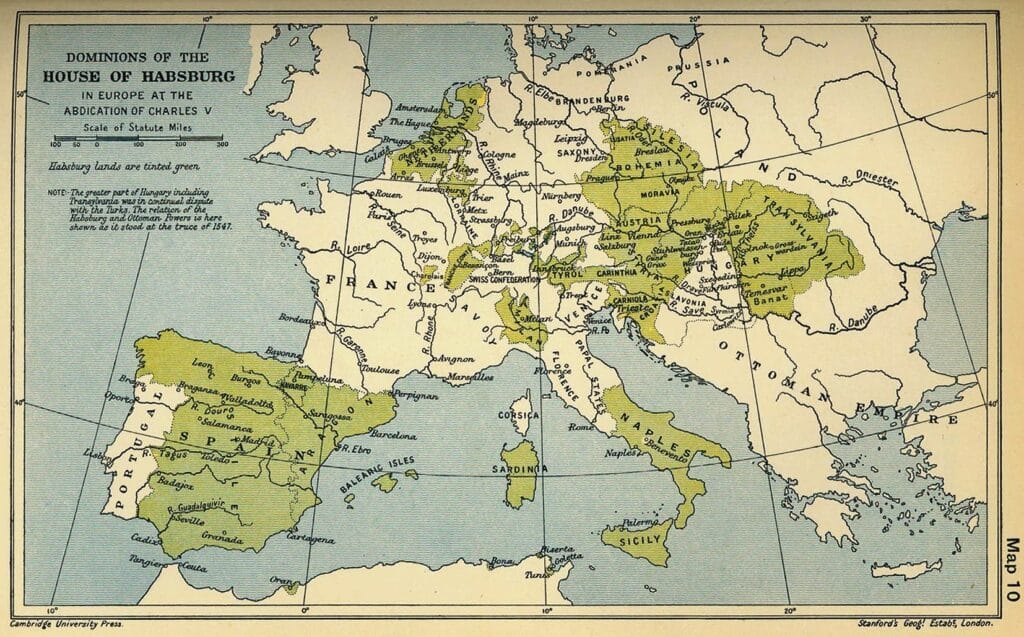
Max and Albert – Art and Ideology
Though without question a strongly medievalist king, interested only in his absolute divine rule over all lands, Maximilian was curiously modern in his use of the arts and sciences. Albrecht Dürer, the German master artist, was patronised by Maximilian from 1512 until Maximilian’s death, and his 1519 portrait of Maximilian, made shortly before his death, is a fascinating study. It displays him in Dutch burgher style: an understated, restrained Renaissance man, far away from the high Imperial pomp and ceremony that Maximilian usually sought. Though he was thoroughly military, dynastic, and conservative in outlook, worthy in all ways of the name ‘Last Knight’ – he also constantly embraced new technology. He was a voracious exponent of the printing press, producing reams of printed word and reproduced etchings to glorify himself and the House of Habsburg. Dürer’s Triumphal Arch, a megalomaniacal glorification of Maximilian’s life and battles, was printed and distributed all over Habsburg lands and beyond. In this context, therefore, it is obvious how Maximilian’s love affair with new forms of armor blossomed.
Armor in the Maximilian Age
Armor had fundamentally changed in purpose and form by the early 16th century. In the Early Medieval era, the mere possession of a suit of chainmail would have marked one out as a person of wealth and status. Due to the fragmentation of Dark Age kingdoms, chainmails could only be produced on the small scale by masters and their apprentices – hence the ability to invest the hundreds of labour hours required to make the tens of thousands of maille links represented enormous prestige. But the burgeoning wealth, population and connectedness of European states by the close of the 13th-century had led to the ability to specialise labour processes, along with the technological advances inherent. Now, rather than a handful of metallurgists operating a small bloomery, dozens of workers could work around-the-clock to maintain a powered blast furnace in a semi-urban industrial environment. More and better steel meant more and better armor. By the 14th-century, plate armor had begun to broadly replace chainmail, spurred by advanced in dangerous weaponry like crossbows and pole weapons. This reached its logical conclusion at the end of the 15th century, with the emergence of full suits of plate armor made for wealthy commissioning patrons.
Lowly Munitions Armor and Noble Garnitures
With the development of fully-encompassing armor, and with the production of steel booming across Europe, enterprising craft centres began mass-producing articulated plate armor for the first time since the Roman era. This ‘munition armor’ was usually a half-armor consisting of a cuirass, pauldrons and tassets, and it transformed Late Medieval warfare. Maximilian, for example, outfitted his companies of Landsknecht with this cheap and cheerful plate armor, creating an extremely well-equipped fighting force at a stroke.But the court armors that are our focus here were not mere mass-produced shells. They were individually commissioned armor sets, known as the garniture, made by individual craft houses each overseen by a renowned master. Rather than a simple single ‘suit of armor’, the early 16th century garniture was a whole modular panoply of matching armor pieces that could be worn interchangeable, depending on the occasion. A garniture at the court of Maximilian (or one of the other high courts of Europe) might consist of fifty or more armor pieces! They could be interchanged to create different suits for battle, for ceremonial court wear, or for the feverishly-popular jousts. Jousting and tournaments were at the height of their popularity in the time of Maximilian, since they were the embodiment of the imagined chivalric virtues of honor and faith, embodies in ritualised combat. Maximilian was so taken with the ideological power of the joust that he suggested to Sultan Bayezid II of the Ottoman Empire, quite unironically, that Christians and Muslims should settle their differences once and for all on the tourney field. It is the styles and forms of these exquisite garnitures that developed into the milieu that has become known as the ‘Maximilian style’.
It is somewhat difficult to talk of ‘the’ Maximilian style, since the armor fashions at Maximilian’s court were a maelstrom of different artistic trends, made by artisans who borrowed from and were influenced by one another. But broadly, we can see a handful of distinct styles: these have categorised by armor historians as High Gothic armor, Schott-Sonnenberg armor and ‘true’ Maximilian armor. We’ll examine a suit of armor from each of these traditions in order to see the progression in the styles and crafts that Maximilian surrounded himself with.
High Gothic Armor
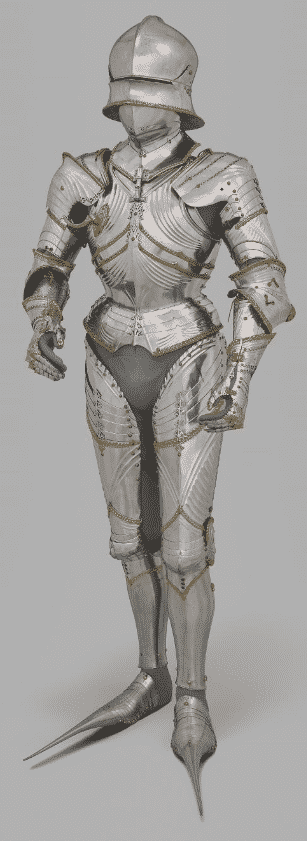
One of Maximilian’s favourite armorers was Lorenz Helmschmeid. The son of an armorer, Helmschmeid’s working life corresponded perfectly to the reign of Maximilian, and we have records of his work from 1467-1515 CE. He hailed from the town of Augsberg, which was already a centre for making fine armor, with dozens of workshops devoted solely to the craft. The young Archduke Maximilian commissioned a suit of field armor from Helmschmeid’s workshop in 1479 (pictured) – and it is a stunning work of art.
It has distinctive artistic features which mark it out in the tradition of High Gothic armor that was all the rage amongst the Augsberg armorers at the time. Most spectacular is the ‘fluting’ of the armor – creating sweeping striping that would have been both highly fashionable, and also increases the resilience of the steel plate. The breast plate is made from two riveted pieces: a double plackart that rises to a point at the centre, over a chestplate that sits beneath the gorget. Thenarrow, high waist of the armor is a distinctive feature of High Gothic armor, exaggerating the silhouette in a manner which was considered extremely attractive for men at court. It is also paired with a sallet, rather than a fully-enclosing armet, which also draws on the earlier tradition of Gothic armor.This armor must have seriously impressed Maximilian, since he invited Helmschmeid to become his personal armorer in 1481, and was officially entitled as Maximilian’s court armorer at Innsbruck in 1491, where he would work for the rest of his life. The 1479 field armor was later gifted by Maximilian to his uncle Sigismund in 1484, and is today on display at the Kunsthistorisches Museum, Vienna.
Schott-Sonnenberg Armor
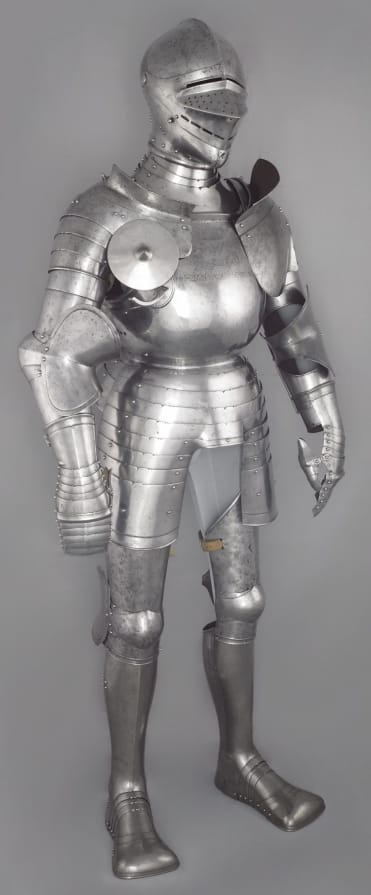
It is immediately clear that the Schott-Sonnenberg style is very different to the High Gothic features of Maximilian’s 1479 field armor – although they do share a common visual language. Where late Gothic forms of armor also have a narrow, high waist, the Schott-Sonnenberg breastplate is rounded and bulbous, almost always made from a single piece of smooth, unfluted steel. There tends to be very little decoration on this form of armor. The pictured armor, dating from the first decade of the 16th century, likely belonged to a knight at the court of Wladislaus of Bohemia, and it is extremely sparely decorated (although the unknown armorer who made it has included very restrained, minimalist rose-engravings around the monogram of the knight’s allegience). Instead of complexly articulated armpit defenses, they frequently sport besagues, small round shield-shaped defenses to deflect thrusting blows onto the curved portions of plate.
Although by the beginning of the 16th century Italian armor craft was generally taking its lead from Germanic styles, Schott-Sonnenberg armor includes certain Italianate nods, like the flared couter plates at the elbow, and the expanses of elegant ‘white’ plate.We might well connect the Italian influences in German armor of this time to the Italian Wars, which were in their prelude before their commencement in 1494. The Schott-Sonnenberg style of German armor takes its name from two larger-than-life characters from this time. Schott von Hellingen, a Franconian mercenary knight who commissioned the earliest known form of this armor and who was who was infamous for running a local protection racket in the private wars that he fought in. Secondly, Herzog von Sonnenberg, who one of Maximilian’s ministers, another wearer of this type of armor who was assassinated in 1511 by a rival for the Emperor’s patronage!
‘True’ Maximilian Armor

In the last decade of Maximilian’s reign, these diverse Italian and German armor influences fused together in what is known as the ‘Maximilian style’. It is highly distinctive, with its most obvious feature being the Maximilian fluting. Where High Gothic fluting was usually about an inch between peaks, and was usually used sparingly on larger plates for double- or triple-lines, the Maximilian style applied fluting with complete abandon. Historian Ewart Oakeshott points to the armor of Eitel Friedrich, Graf von Zollern (pictured), made by Kolman Helmschmeid (son of Lorenz). The Graf was a close personal friend of Maximilian, and commissioned this magnificent garniture somewhere around 1505-1510 CE. We can see the ‘sprays’ of fluting that cover the rerebrace (upper arm armor) and the lames of the breastplate – and this is by far one of the more restrained uses of fluting amongst the Maximilian armors! This style of ostentatious fluting can be seen in the top image of Maximilian astride his horse, engraved by Hans Burgkmair in 1508 (pictured, top). These were achieved through either ‘creasing’ the plate into curved points, or by painstakingly grinding multiple channels into the face of the steel plate – either way, staggering feats of craft.
More generally, ‘true’ Maximilian armor steps away from the pointed, sharp Gothic styles which were strongly influenced by the attenuated, soaring style of High Gothic architecture, eschewing pointed sabatons in favour of rounded ones, embracing larger, rounded pauldrons and upstanding neck-guards from the Italian styles. This is unsurprising given the location of Maximilian’s Tyrolean court on the border between Germany and Italy. The great irony of the ‘Maximilian style’ is that it only matured in the very final years of Maximilian I’s reign. Distinctly ‘Maximilian’ armor continued to develop throughout the 1520s and 1530s.
Floreat Maximilian!
The artistic pressure-cooker which created the whirlwind of innovation in Maximilian’s armor is one of the marvels of the medieval era. It led to some of the finest works of craft produced in the millennium between the fall of Rome and the Renaissance. Maximilian’s obsession clearly rubbed off on his successor and grandson Charles V – as an adult, he remarked that he would walk ten miles to see a good suit of armor. Armor garnitures remained one of the foremost ways of displaying prestige and nobility for the rest of the century, though their military use was brought to an end with the rise of gunpowder. Nevertheless, Maximilian’s contribution to the medieval world – and how we perceive the armored nobility – remains undefeated.
Bibliography:
Benecke, G. (1982), Maximilian I (1459-1519): An Analytical Biography, London: Routledge and Kegan Paul.
Hutchinson, J. C. (1991), Albrecht Dürer: A Biography, Princeton : Princeton University Press.
Mann, J. G., (1929), Notes on the Armour of the Maximilian Period and the Italian Wars, Archaeologia, 79, 217-244.
Oakeshott, E. (2012), European Arms and Armour: From the Renaissance to the Industrial Revolution, Martlesham : Boydell Press.

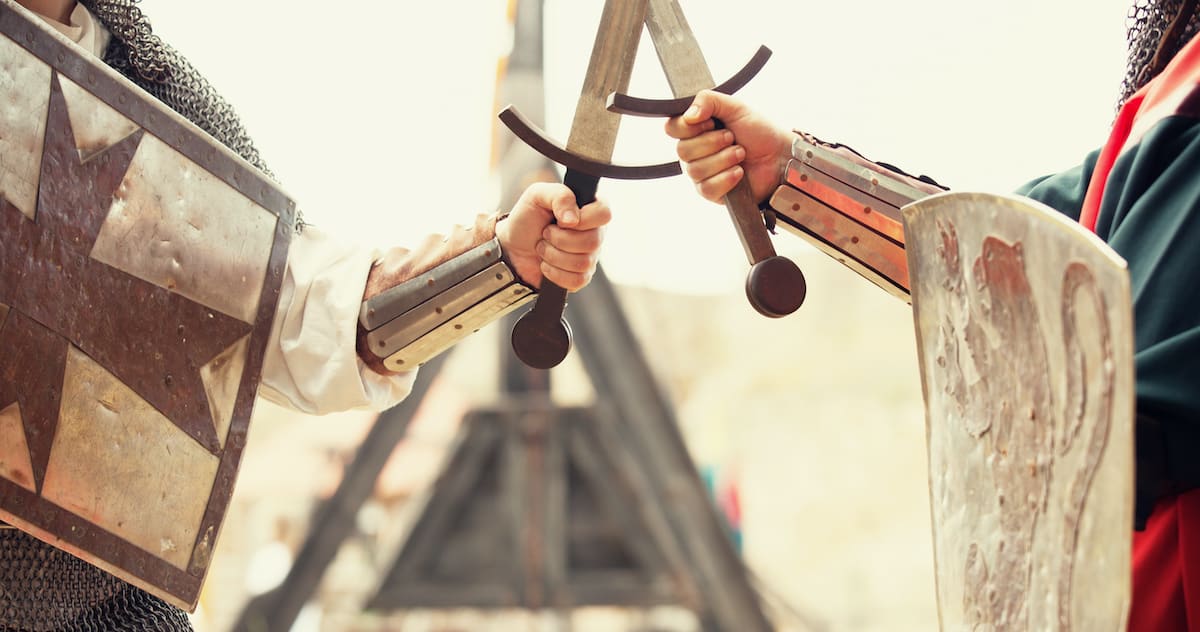 Historical Swords
Historical Swords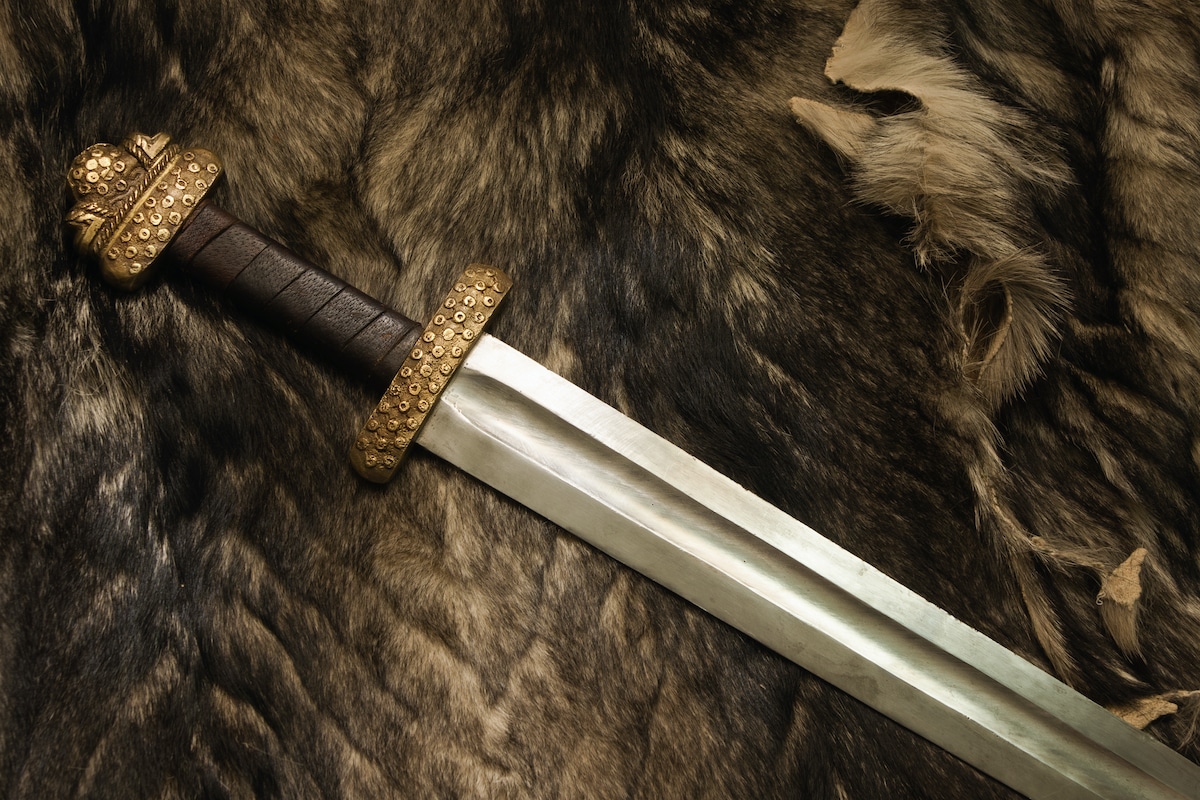 Norse & Viking Swords
Norse & Viking Swords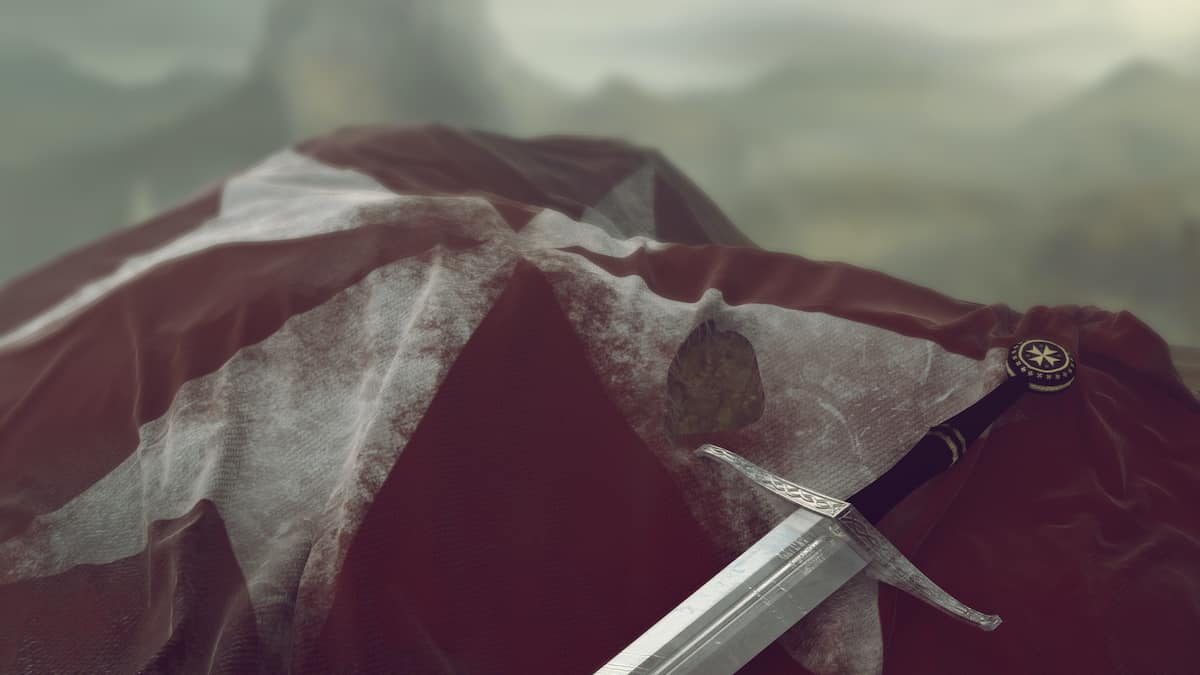 Templar Swords
Templar Swords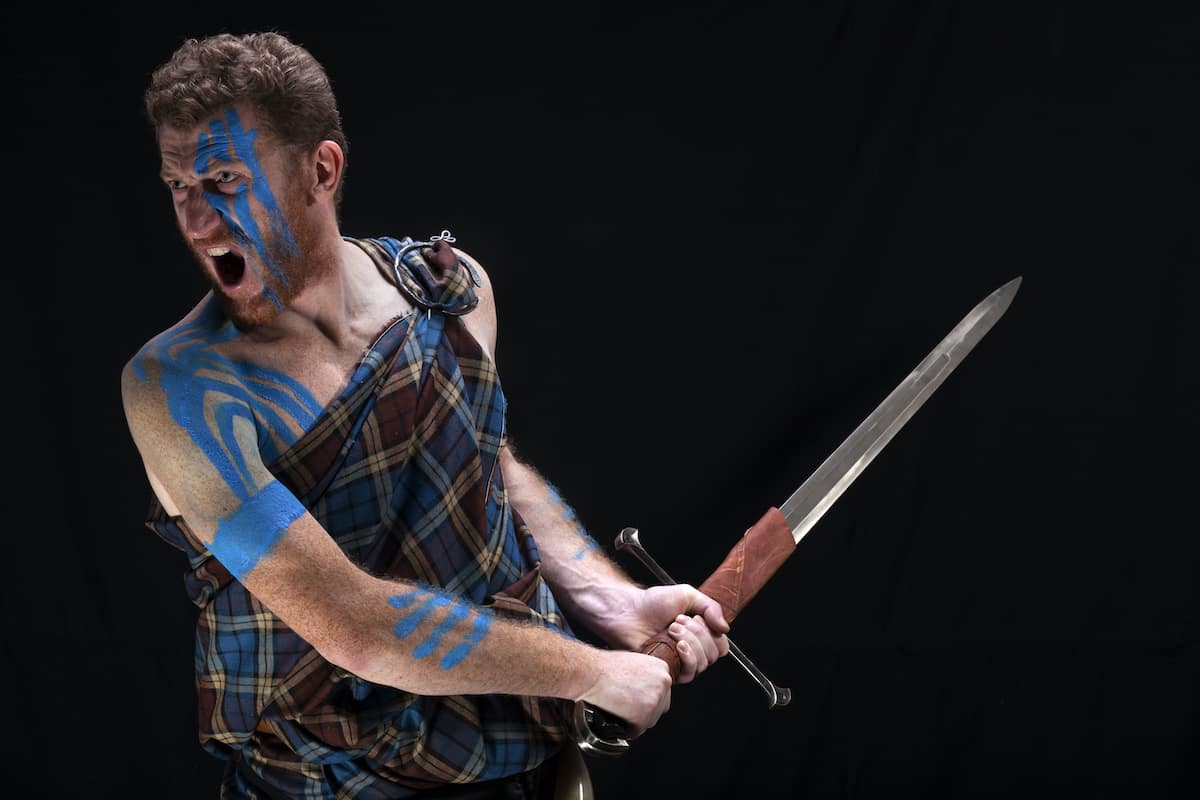 Claymore Swords
Claymore Swords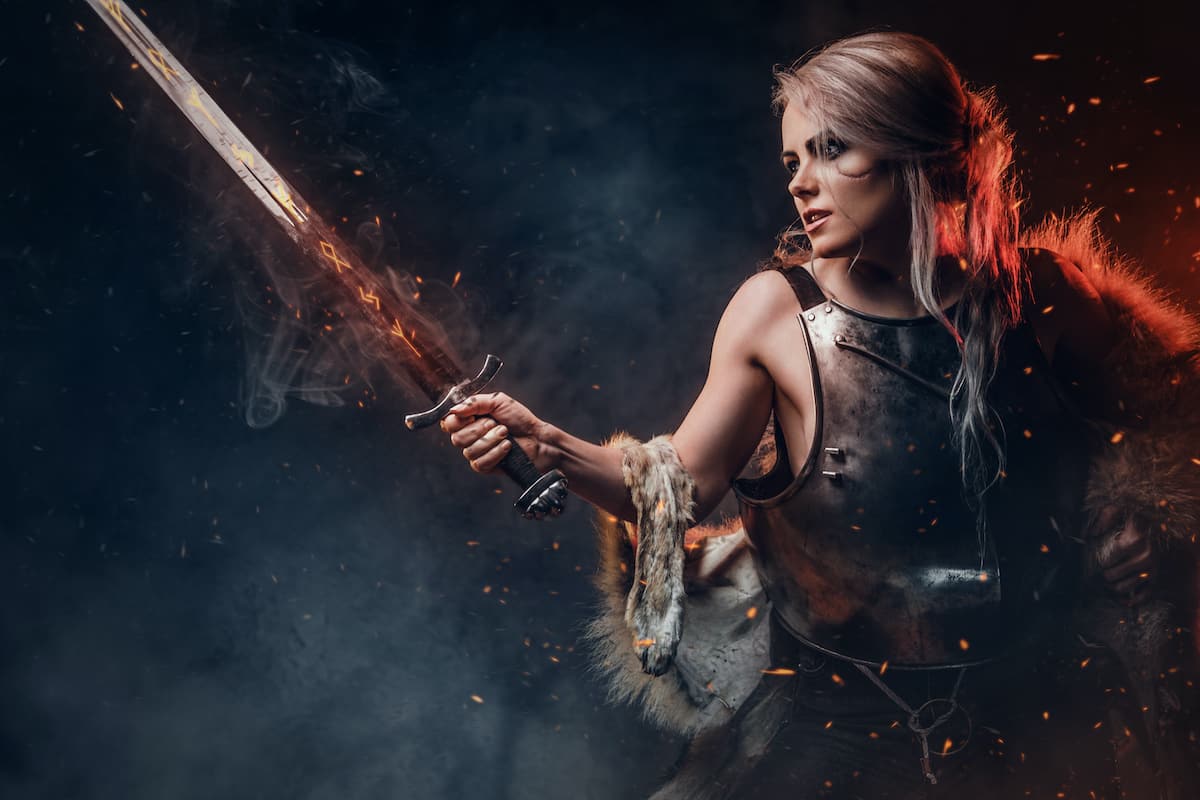 Fantasy Swords
Fantasy Swords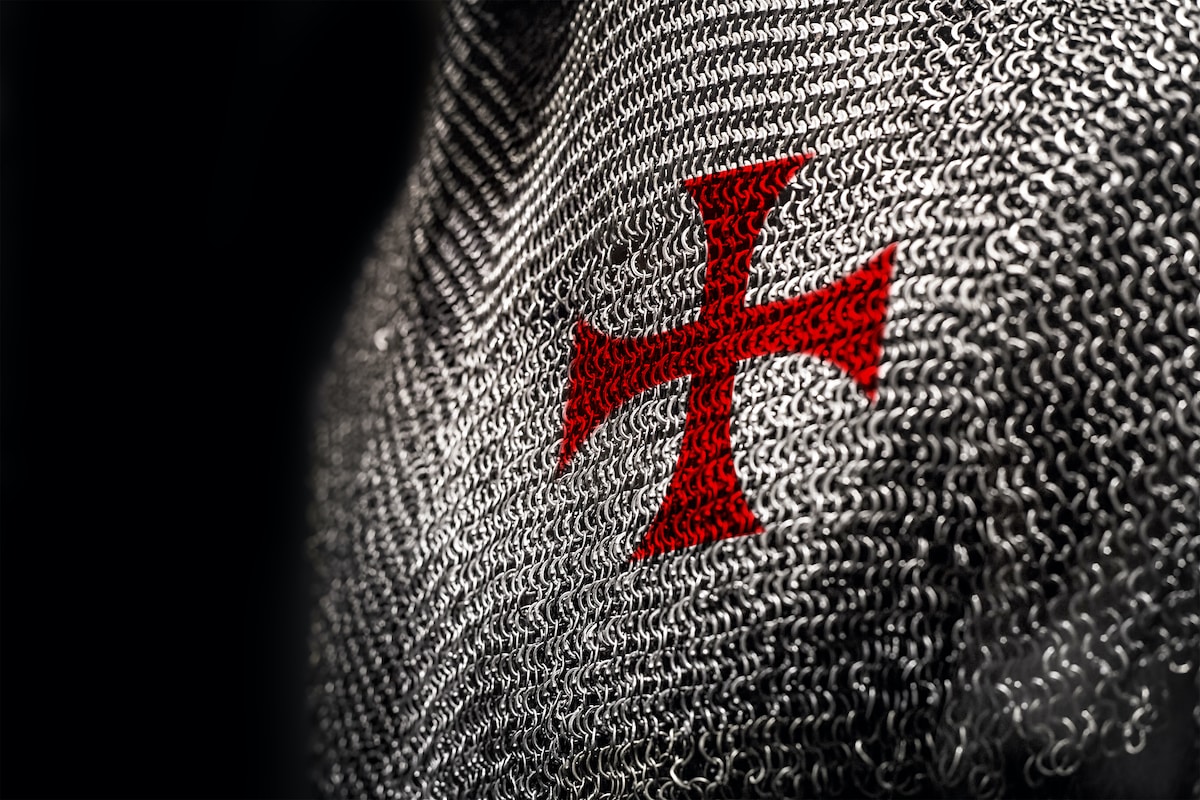 Chainmail
Chainmail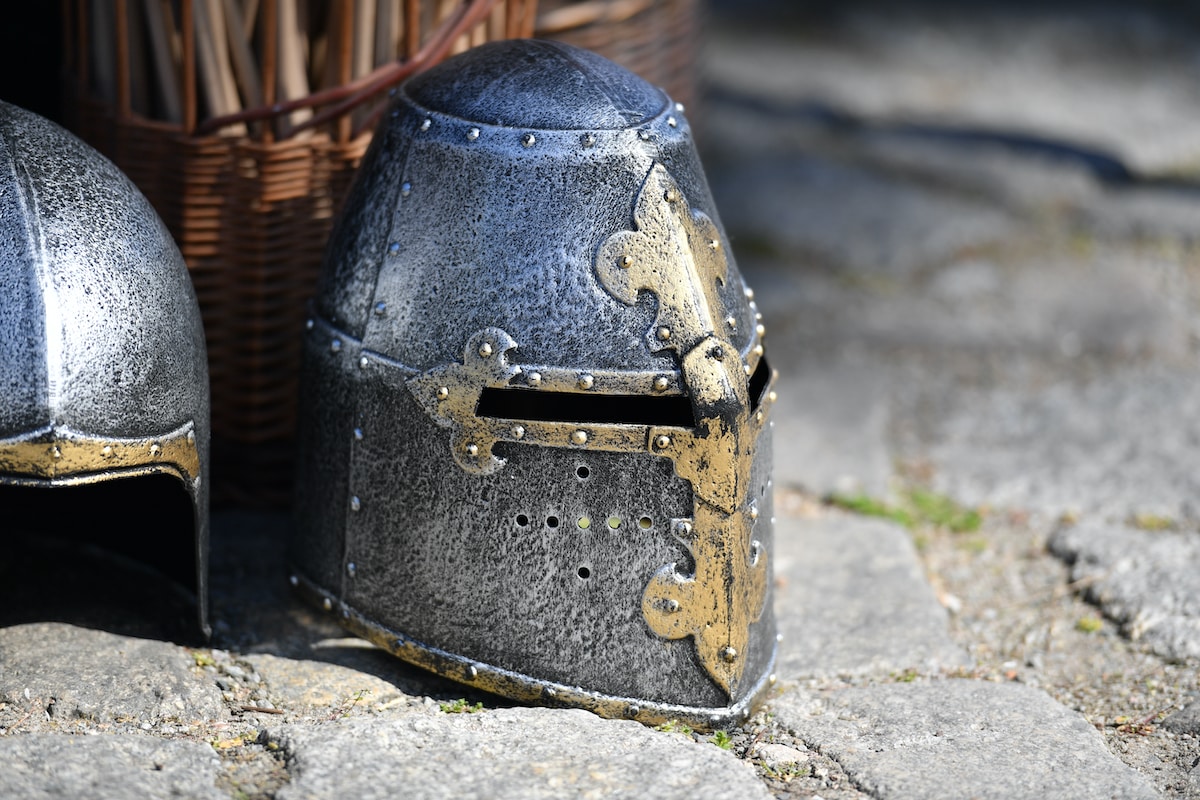 Helmets
Helmets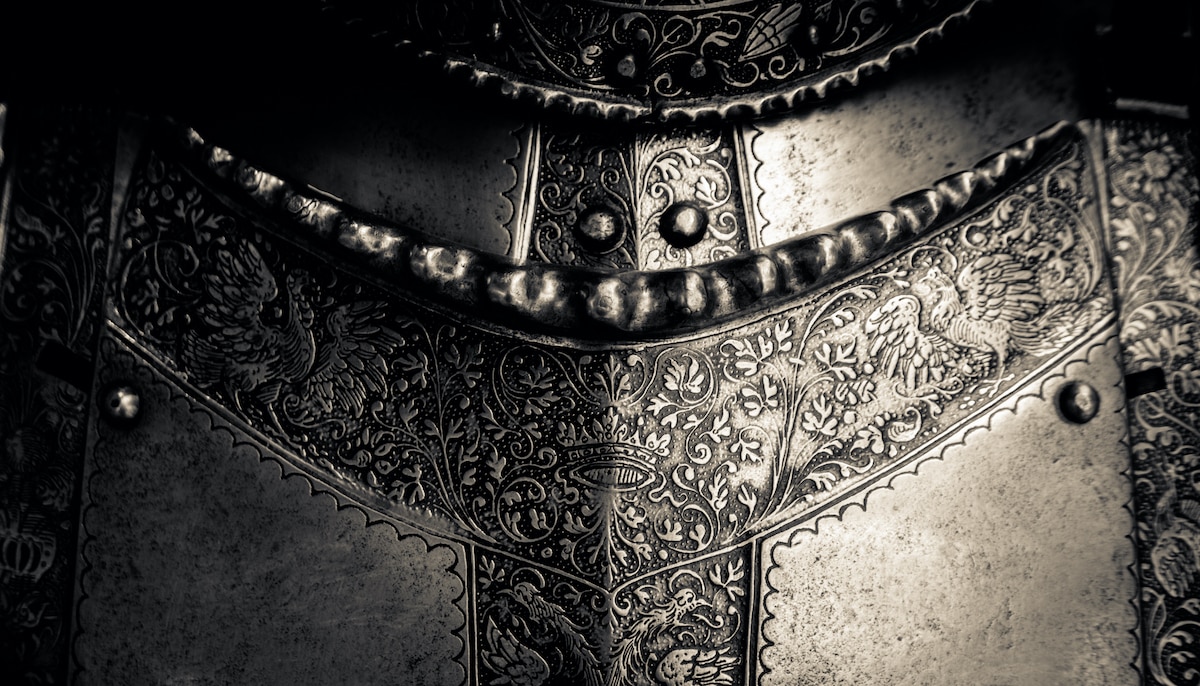 Torso Armor
Torso Armor Bracers and Arm Protection
Bracers and Arm Protection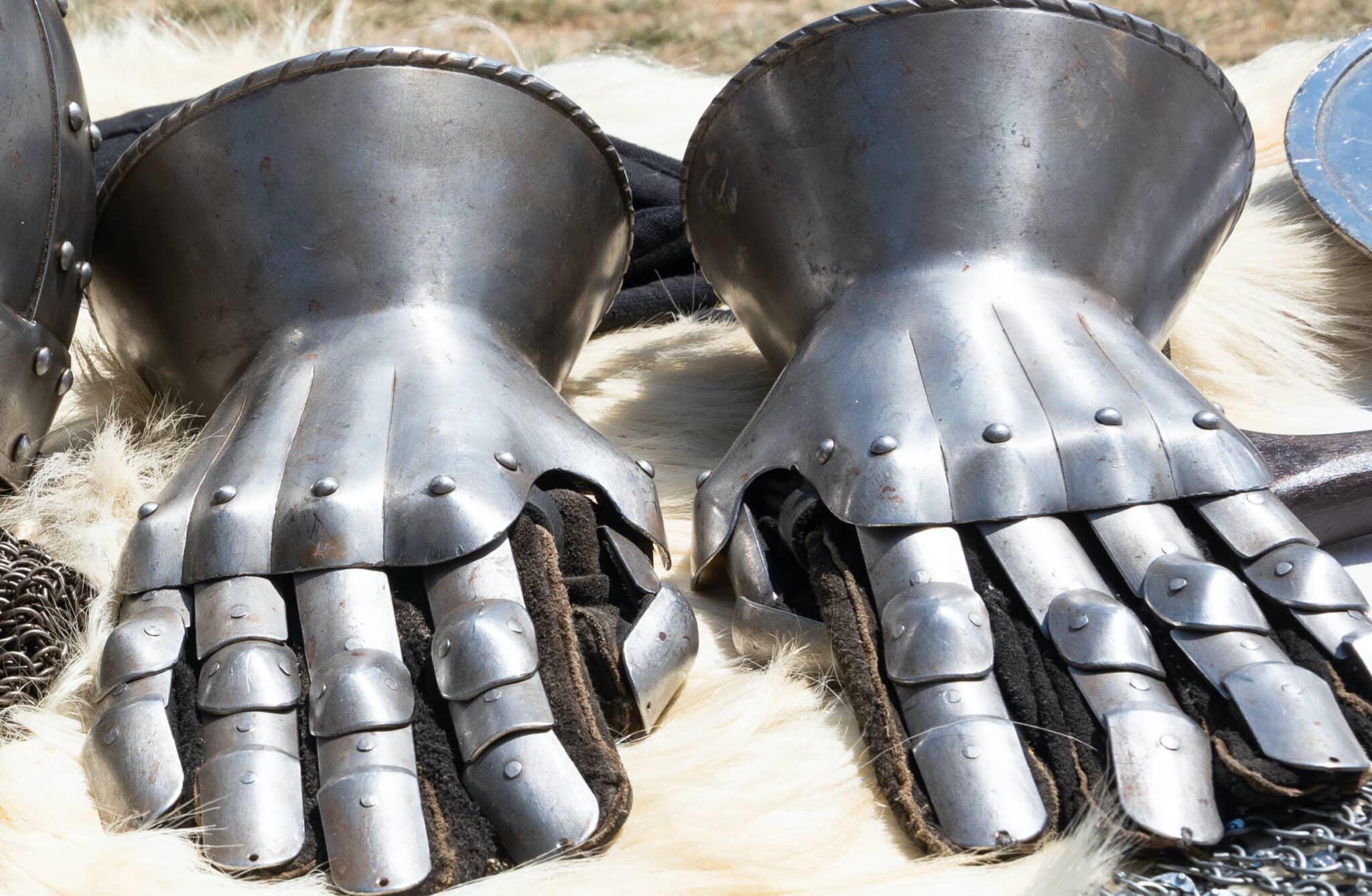 Gauntlets
Gauntlets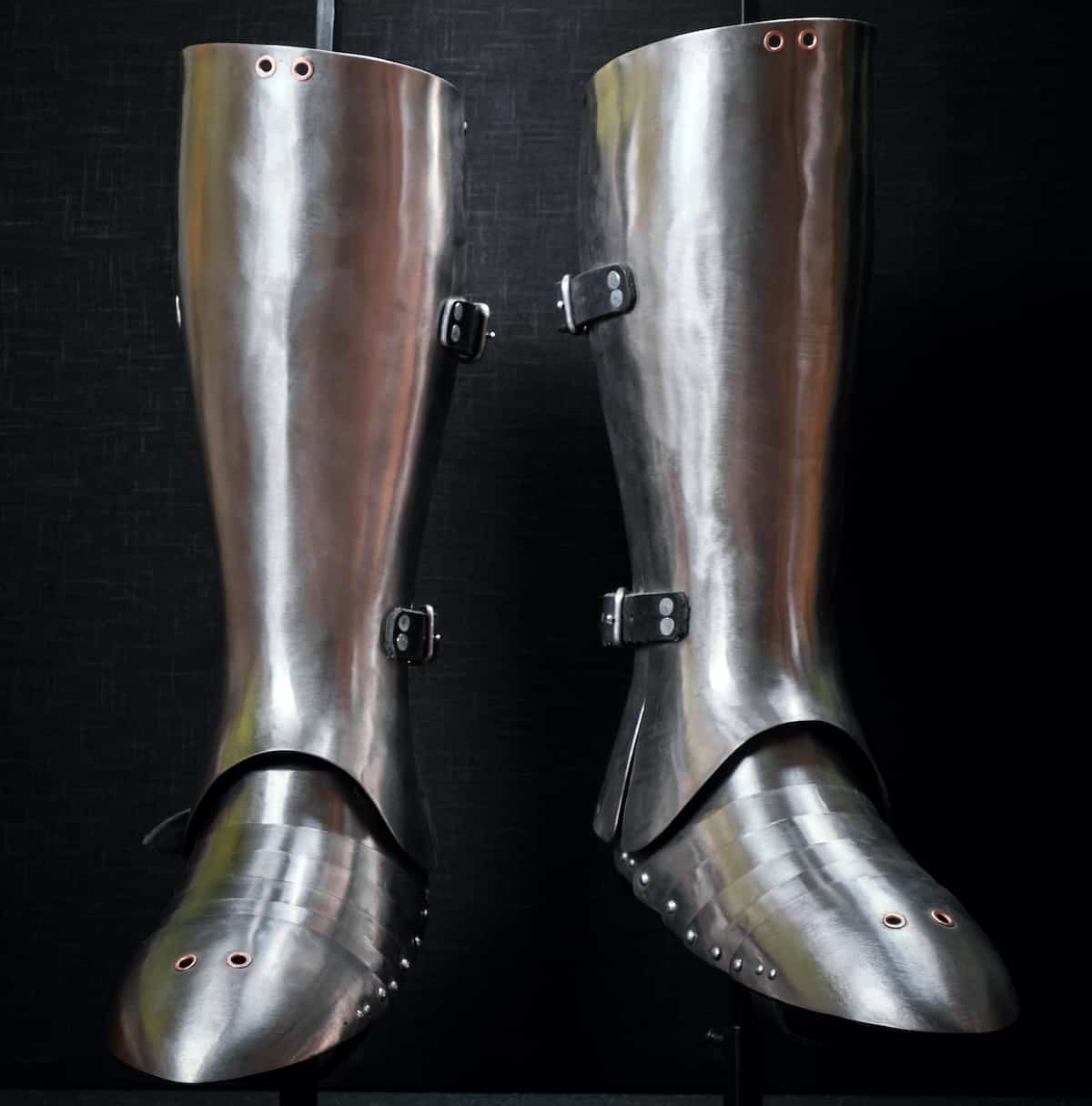 Leg Armor
Leg Armor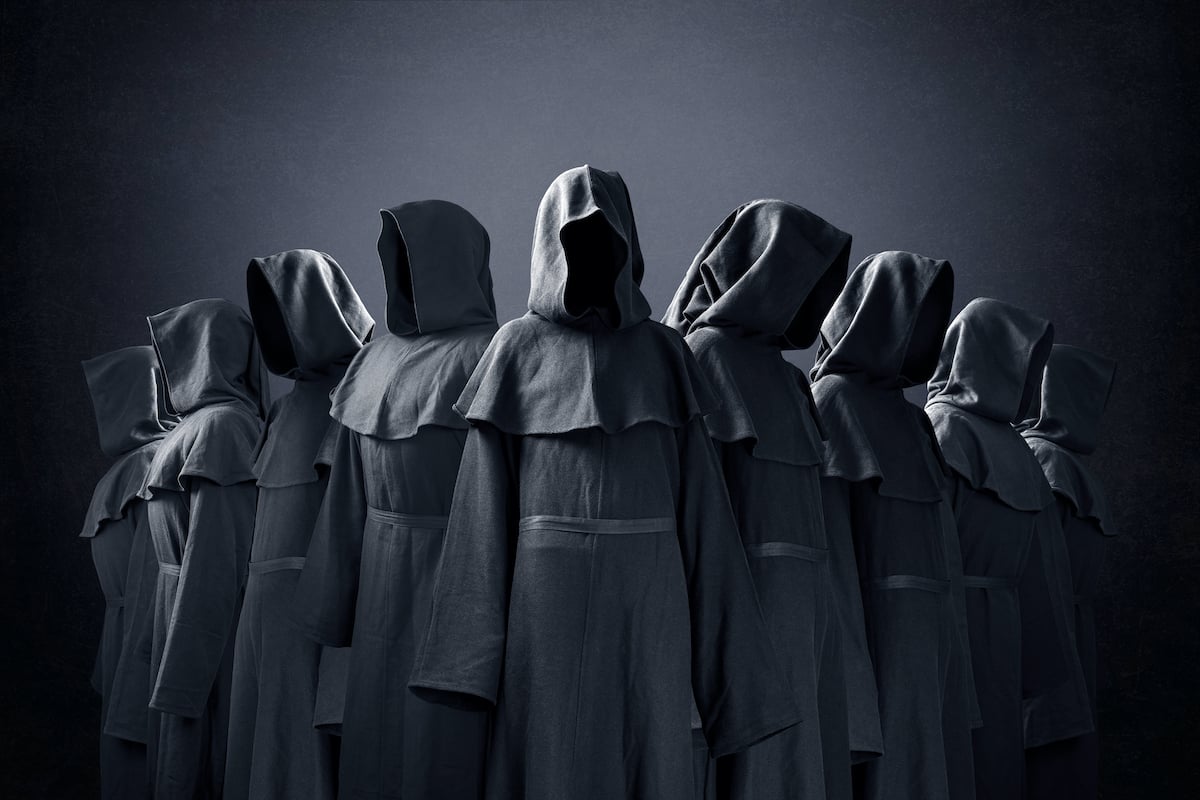 Cloaks
Cloaks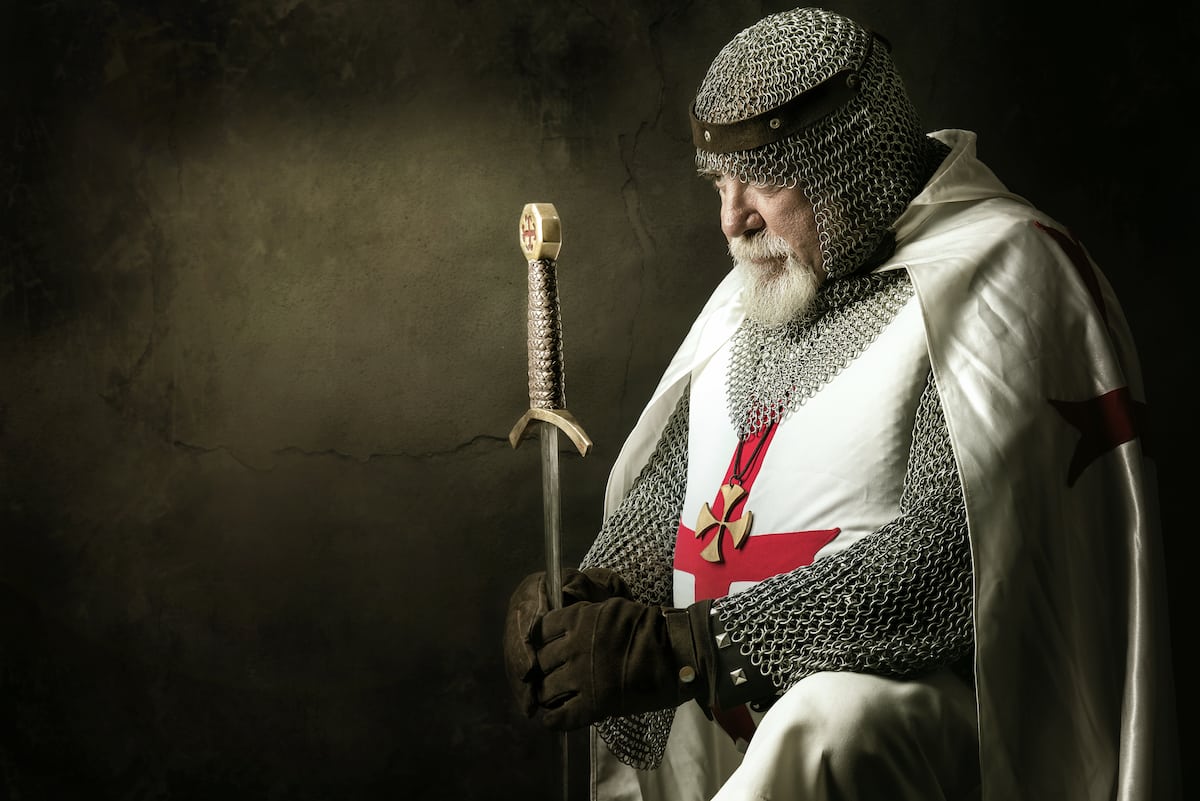 Tabards
Tabards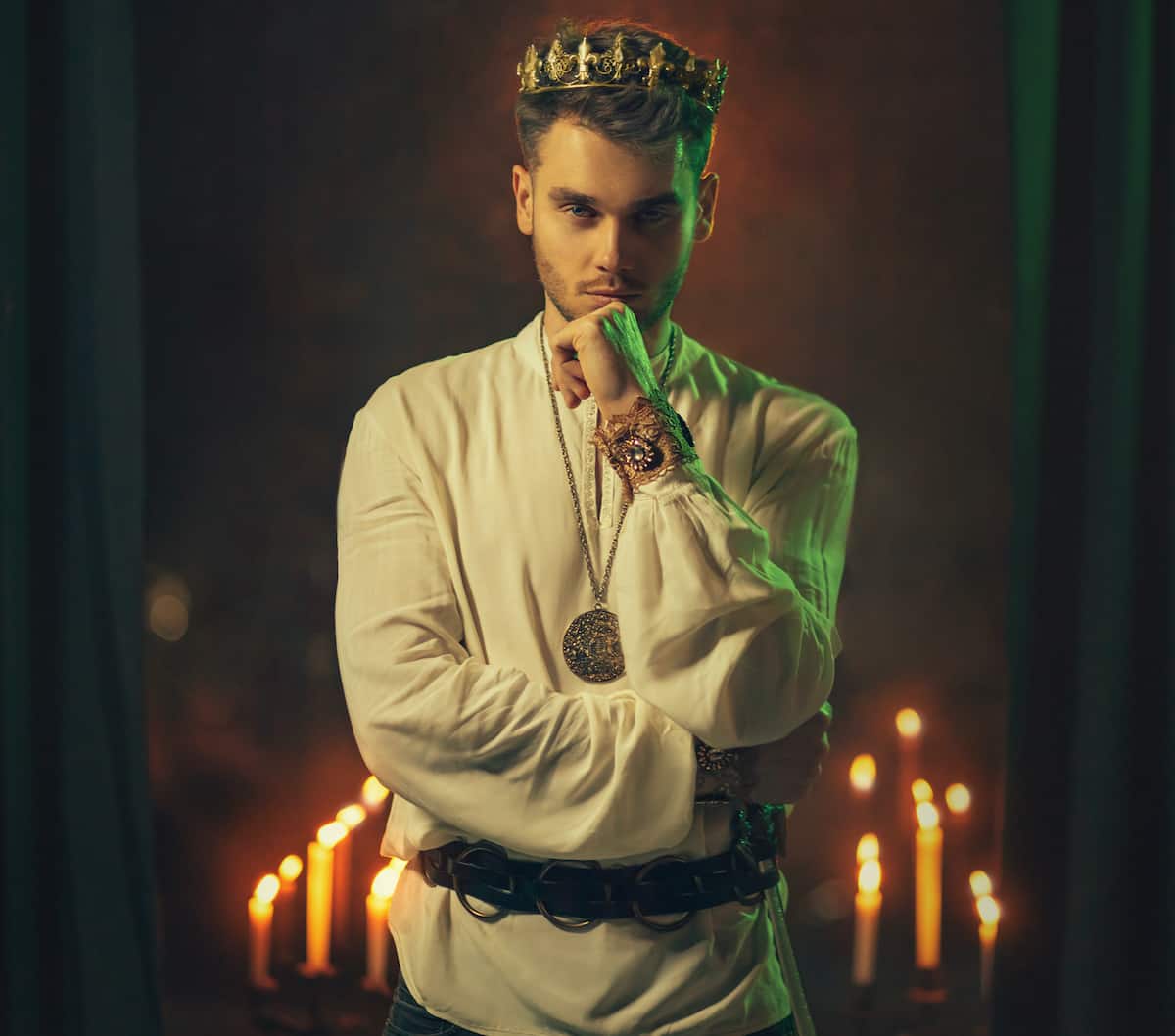 Shirts
Shirts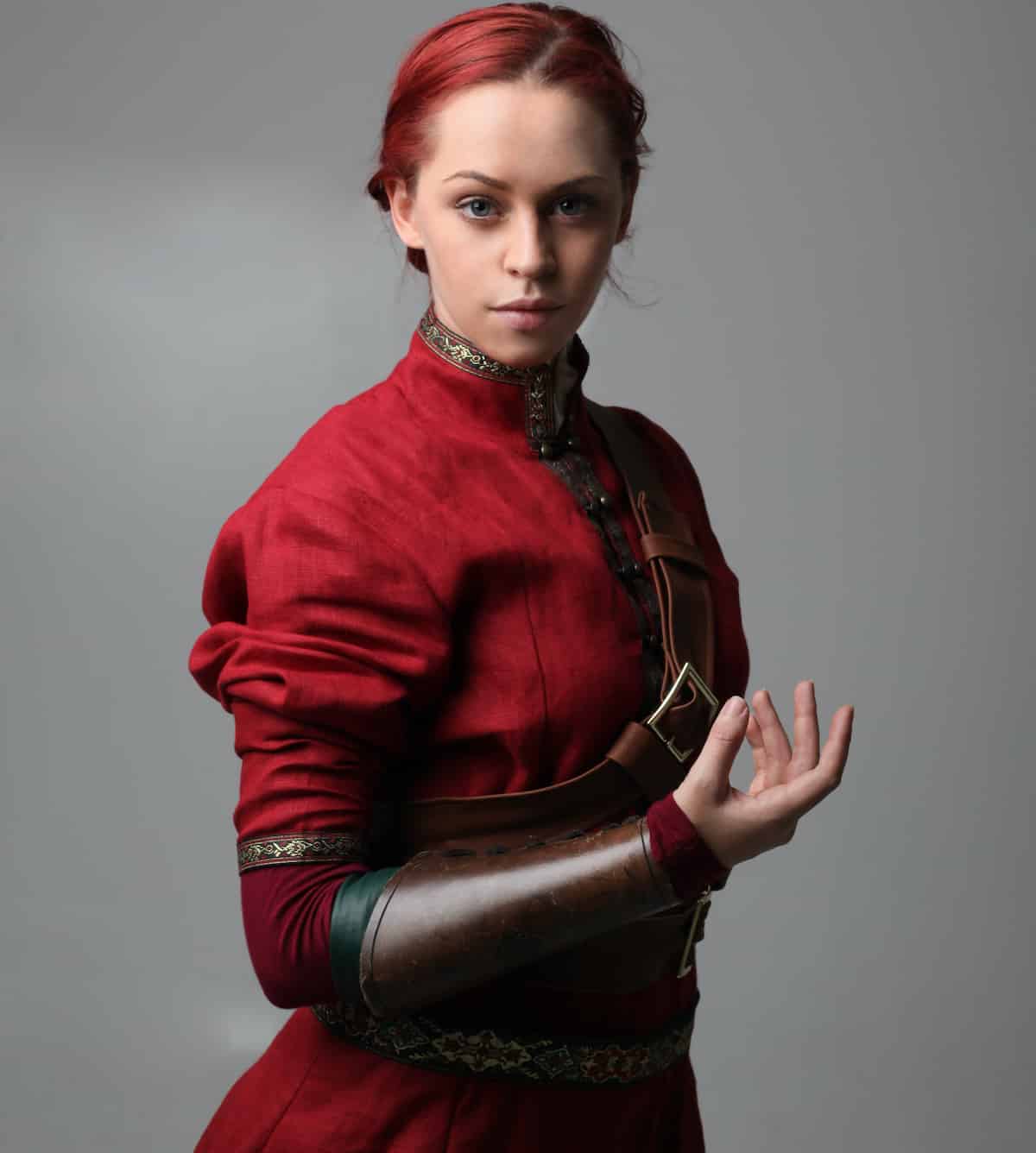 Tunics
Tunics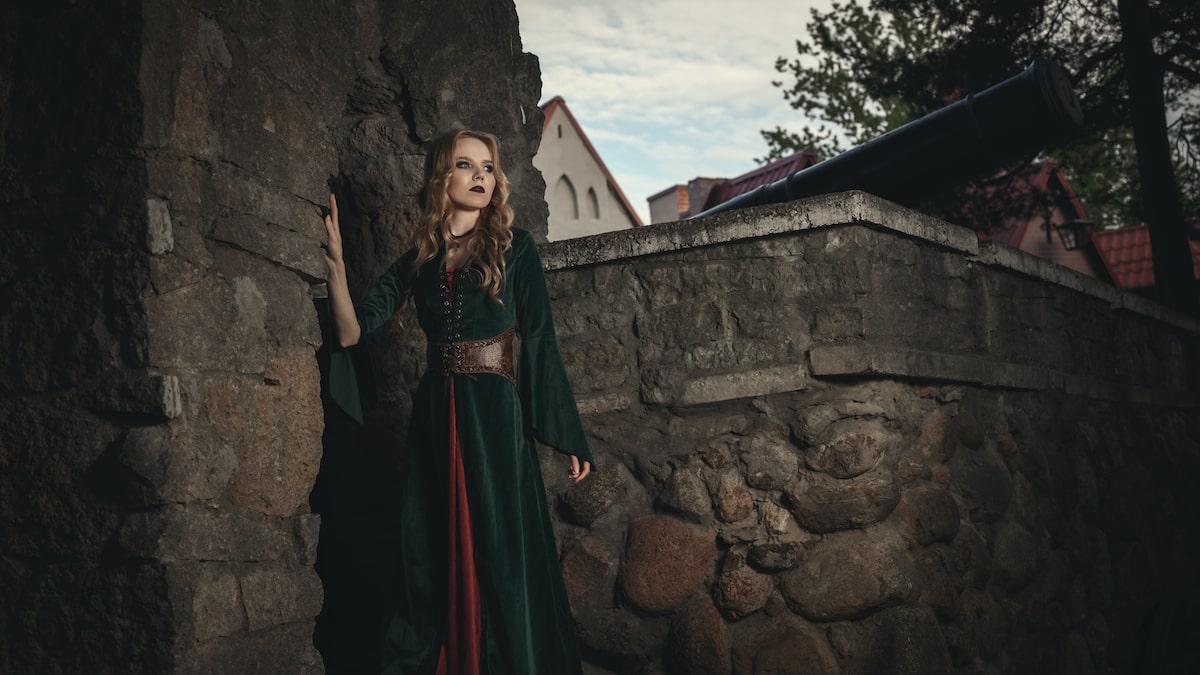 Dresses
Dresses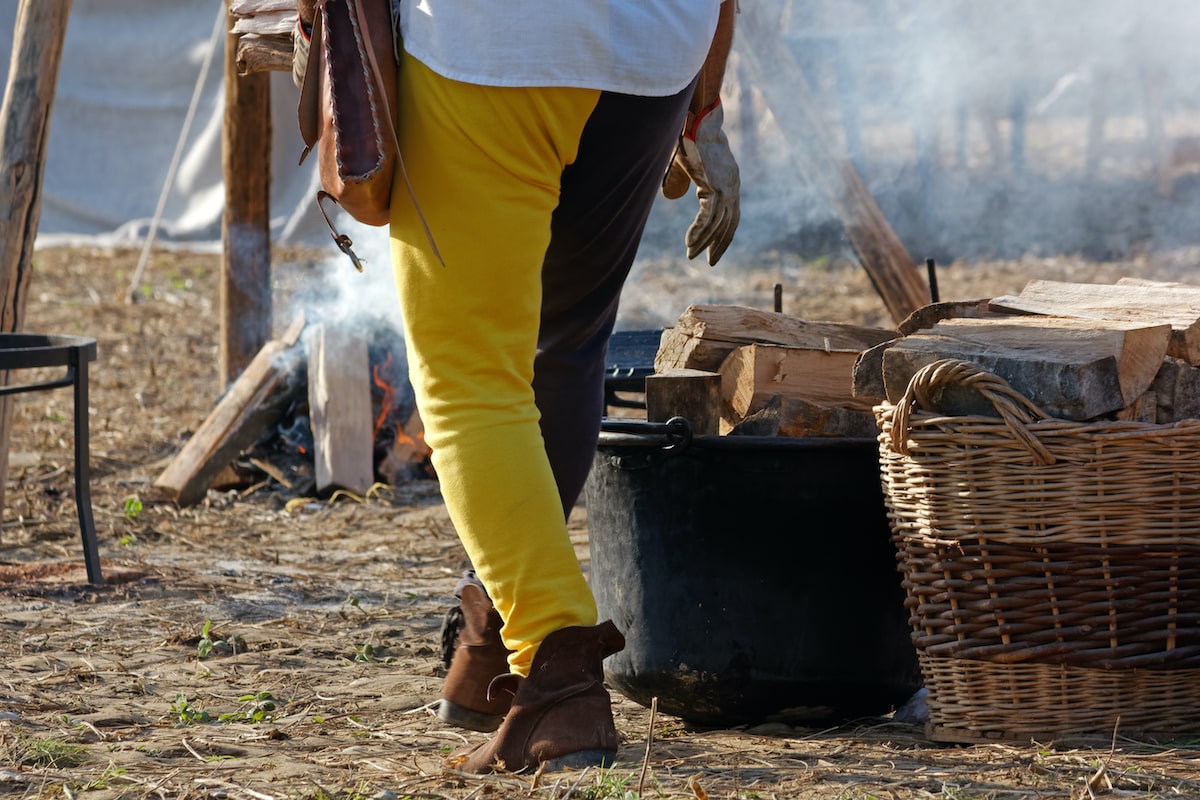 Pants
Pants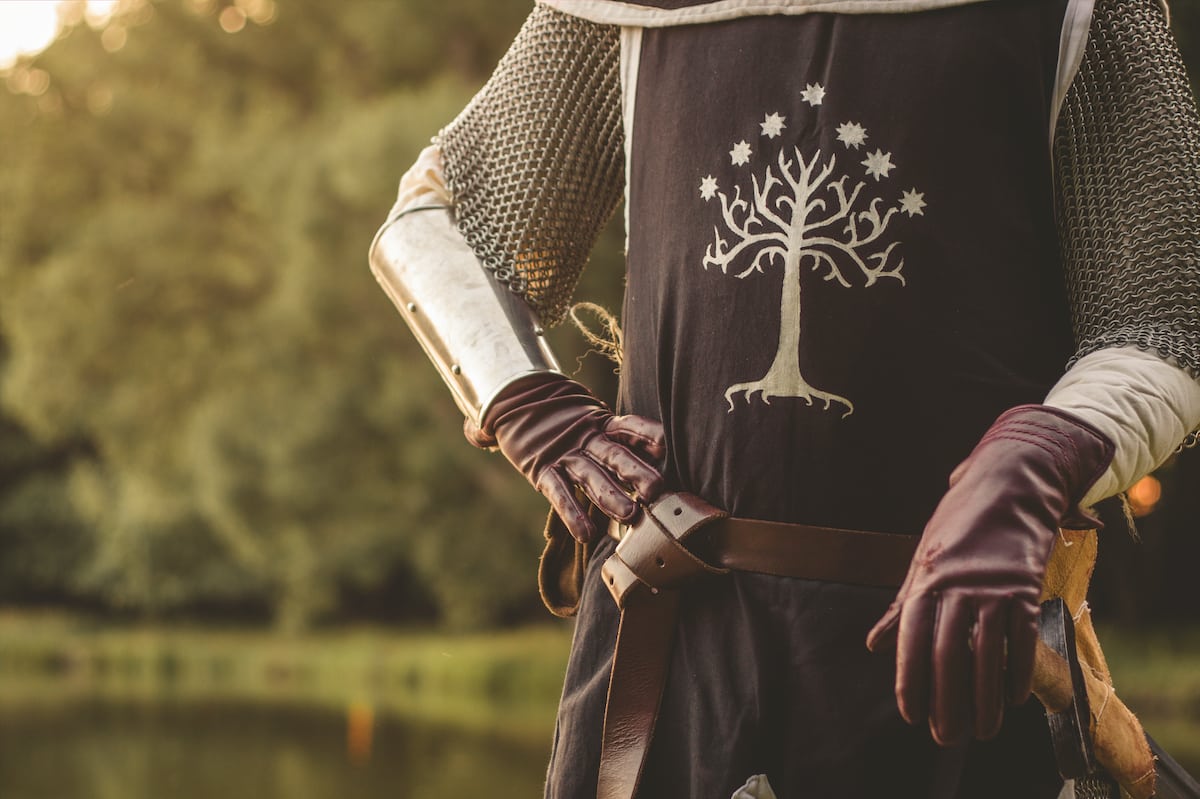 Gloves
Gloves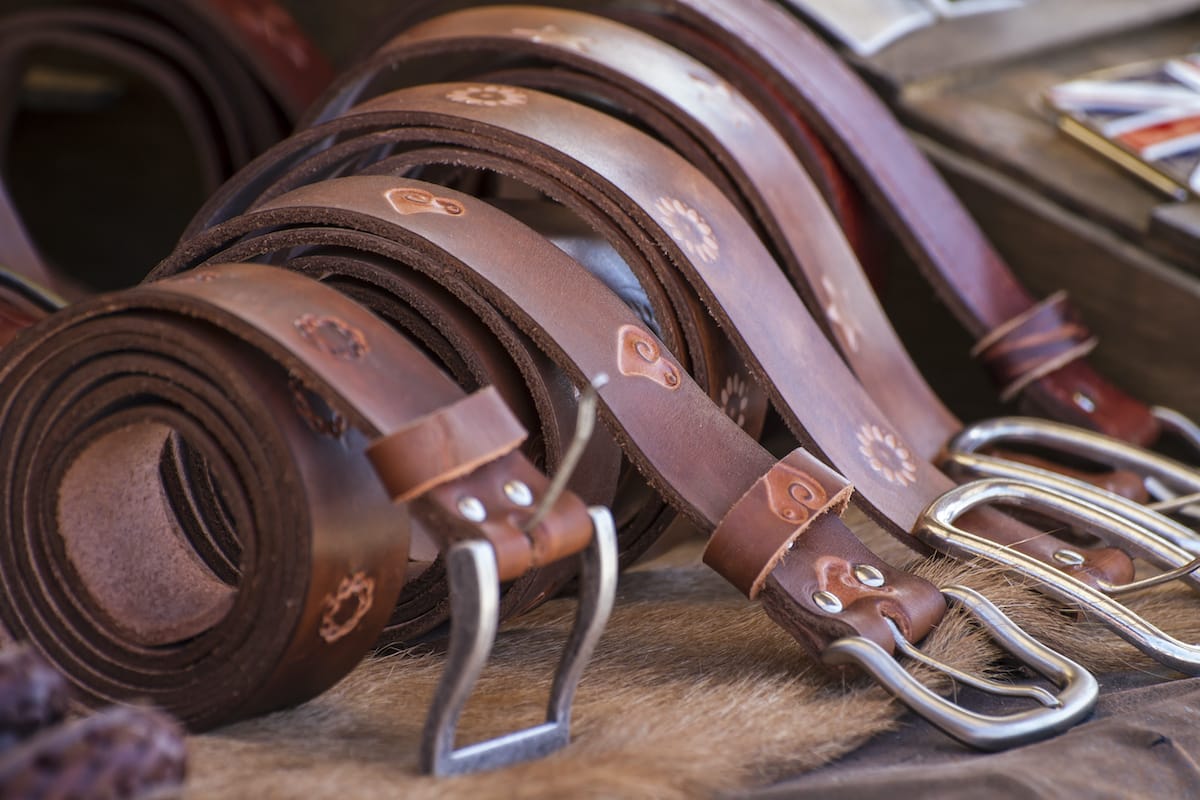 Belts
Belts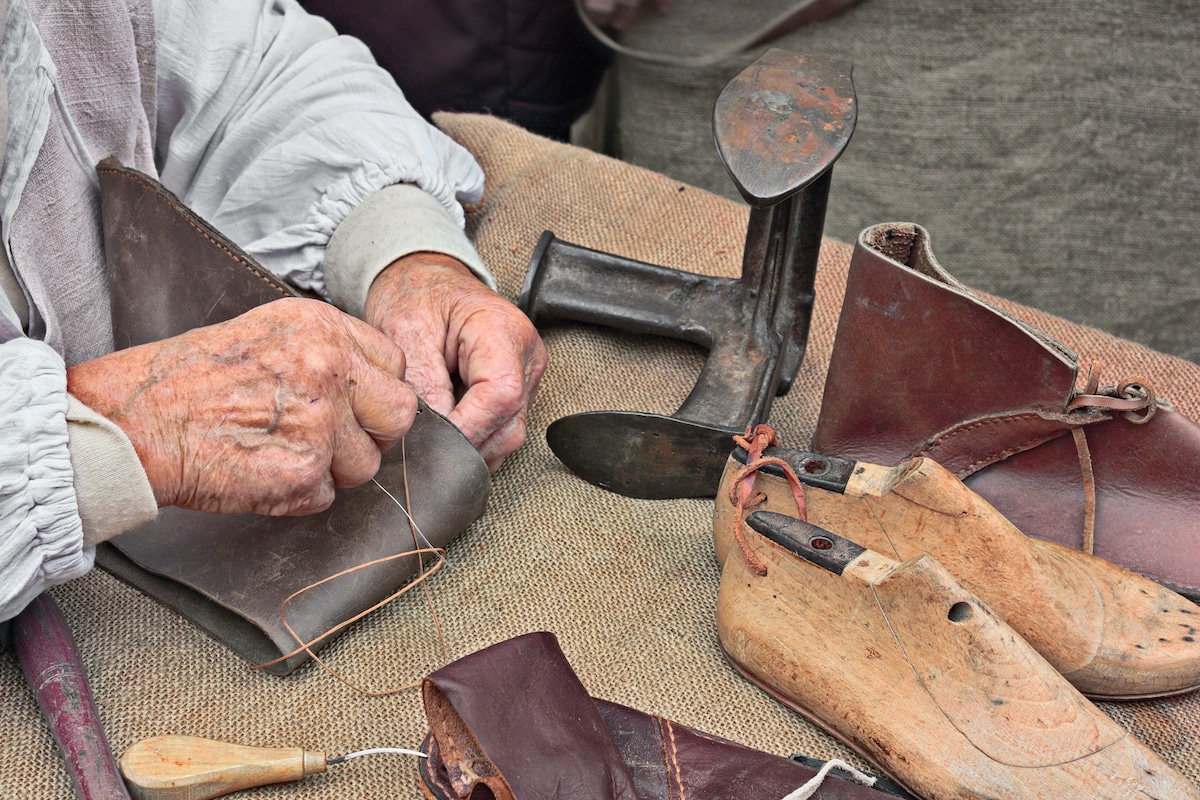 Shoes
Shoes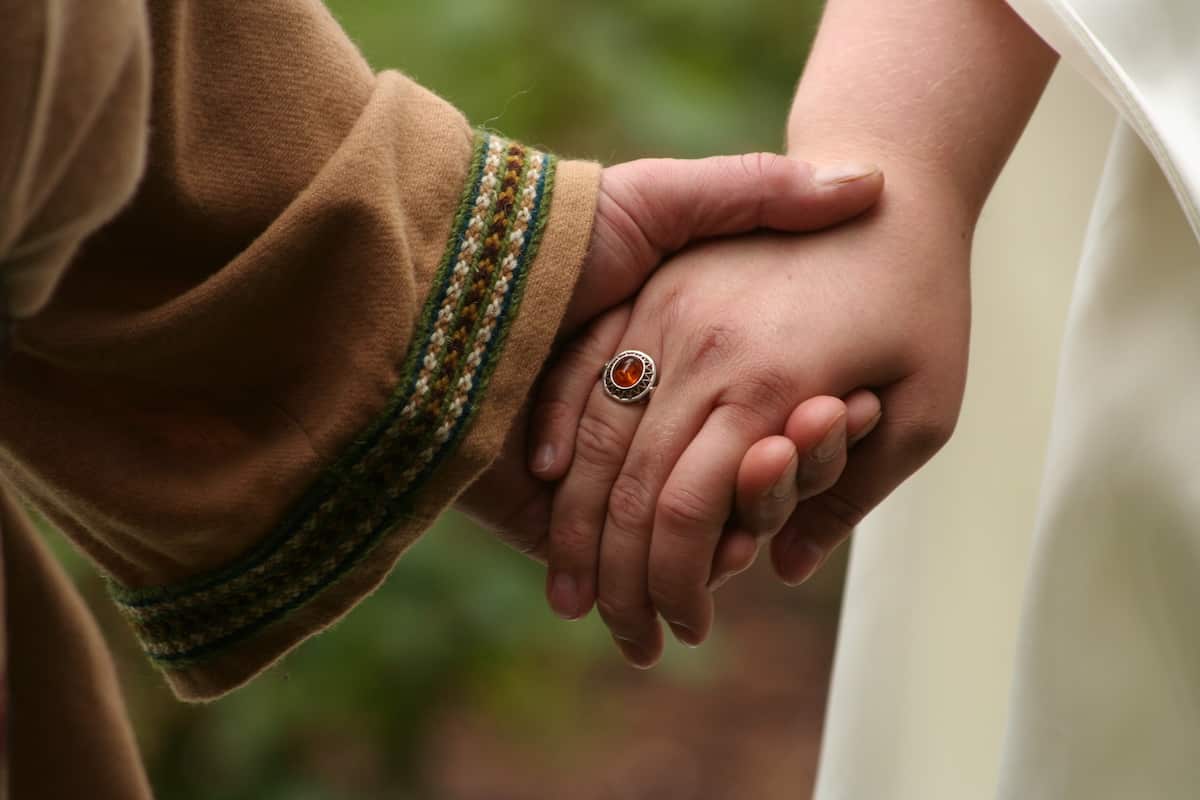 Rings
Rings Necklaces & Pendants
Necklaces & Pendants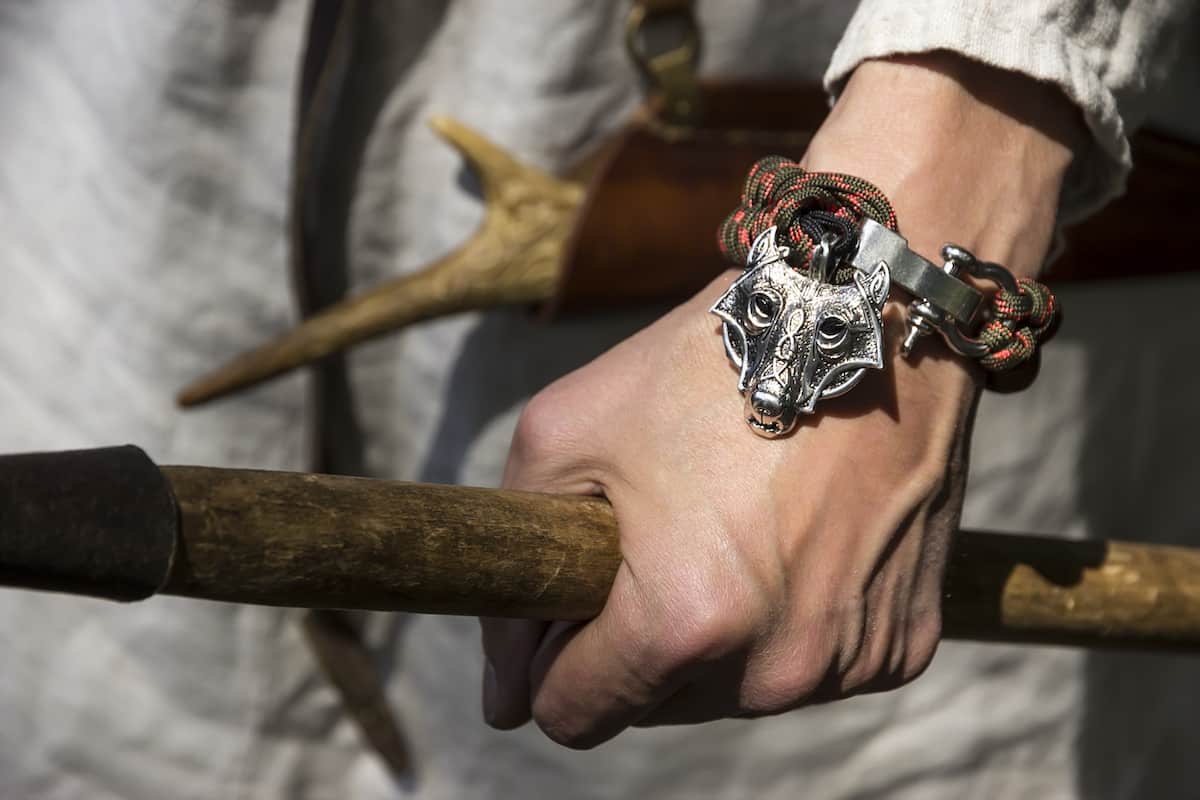 Bracelets
Bracelets